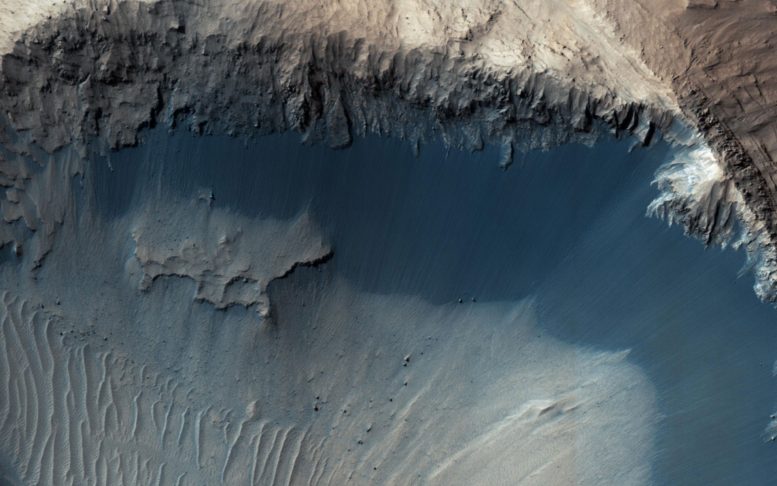
This image from NASA’s Mars Reconnaissance Orbiter (MRO) shows one possible place where sand grains are being produced on Mars today.
A new study uses a combination of glacial morphology and remote sensing measurement to explore the role of ice in shaping Martian landslides.
How good is your Martian geography? Does Valles Marineris ring a bell? This area is known for having landslides that are among the largest and longest in the entire solar system. They make the perfect object of study due to their steep collapse close to the scarp, extreme thinning, and long front runout. In a new research paper published in EPJ Plus, Fabio De Blasio and colleagues from Milano-Bicocca University, Italy, explain the extent to which ice may have been an important medium of lubrication for landslides on Mars. This can in turn help us understand the geomorphological history of the planet and the environment of deposition.
The authors noted that the landslides in Valles Marineris are of similar shape as ice-lubricated landslides on Earth. In their paper, they feed these observations, combined with remote sensing measurements showing the presence of massive ice under the soil, into a numerical simulation exploring the possibility that such landslides were lubricated by ice.
They then explore two possible scenarios to explain what happens to landslide rocks: one in which ice is only present at the base, and another in which ice impregnates the soil. To reproduce the vertical collapse of landslide material in the landslide scarp area and the extreme thinning and runout in the front, the model must take into account the presence of ice in the calculations.
The authors, therefore, demonstrate how the presence of ice, exposed on the ground or in the collapsing slope, could affect the shape and velocity of these landslides. The calculated velocity of landslides are often well in excess of 100 m/s and up to 200 m/s at peak. The authors then compare the results of the numerical simulations with real images and elevation profiles, allowing them to draw conclusions regarding the influence of the climate on shaping Martian landscapes.
Reference: “Modelling Martian landslides: dynamics, velocity, and paleoenvironmental implications” Fabio Vittorio De BlasioEmail and Giovanni Battista Crosta, 9 November 2017, The European Physical Journal Plus.
DOI: 10.1140/epjp/i2017-11727-x

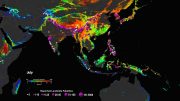
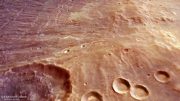
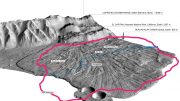
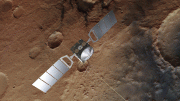
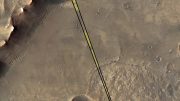
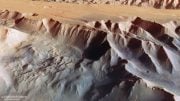
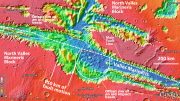
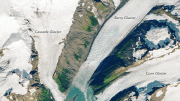
Be the first to comment on "Ice Affects the Shape and Velocity of Martian Landslides"